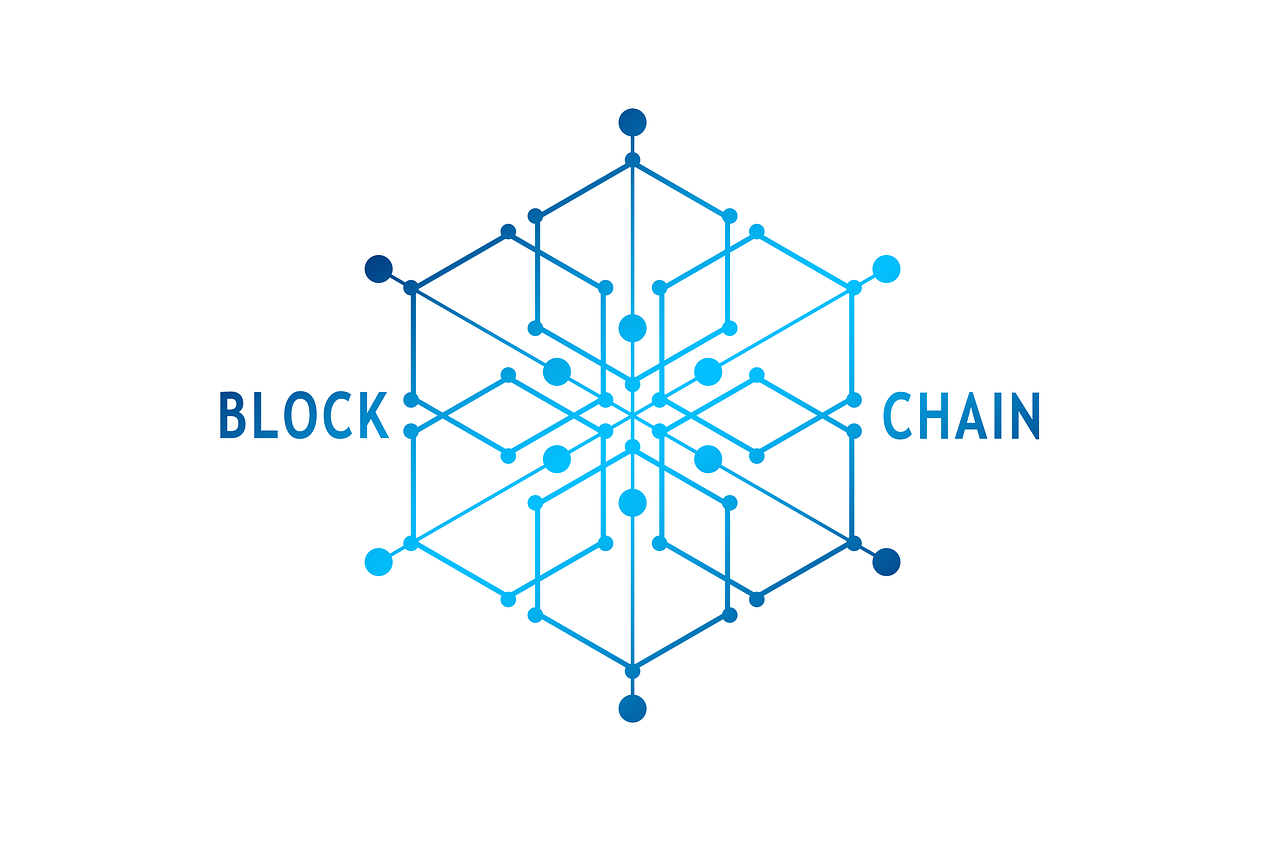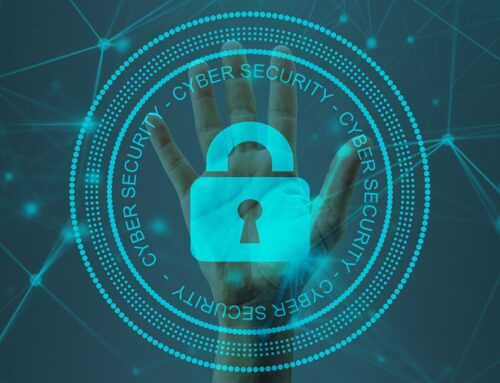The blockchain is an open and distributed ledger. It uses an append-only data structure, meaning new transactions and data can be added on to a blockchain, but past data cannot be erased. This results in a verifiable and permanent record of data and transactions between two or more parties. This has the potential to increase transparency and accountability, and positively enhance our social and economic systems.
What is a Transaction?
Transactions are the most fundamental building blocks of the blockchain system. They represent the transfer of value (cryptocurrency) within the blockchain network between two addresses. More tangibly, they are represented by small data structures, defined by the blockchain protocol (such as bitcoin or Ethereum), which specifies their attributes (metadata, inputs, outputs, and so on), and model. Before broadcasting the transaction, the user sending the funds signs it using their private key (managed by their wallet), and specifies the destination address. Digital signatures and public keys are used to enable network users to validate the transaction, and to check whether the sender has the right to spend the Bitcoins held by a specific address.
How Are Blockchain Transactions Approved?
A blockchain transaction’s approval comes from a process known as consensus. Consensus is an agreement between all the nodes on the blockchain as to what is the valid chain. A block adds to the chain once 51 percent of the nodes agree on a transaction’s validity. Nodes compare chains to validate transactions. The longest chain is the valid chain.
This method of verification works well, but it can be corrupted if more than half of your blockchain’s nodes are controlled by one party. Bitcoin’s anonymous creator, Satoshi Nakamoto, warned against these dangers multiple times in the now famous Bitcoin white paper.
How to Track Transactions?
Tracking blockchain transactions is easy. Each blockchain offers some form of block explorer to help you monitor transactions. In the case of Bitcoin, there are multiple block explorers you can use including blockexplorer, blockchain, and live.blockcyoher. You can search a transaction by entering in the wallet address or transaction number. Here you can watch your transactions confirmations.
Implications for Transactions
On the blockchain, the process of transaction verification and recording is immediate and permanent. The ledger is distributed across several nodes, meaning the data is replicated and stored instantaneously on each node across the system. When a transaction is recorded in the blockchain, details of the transaction such as price, asset, and ownership, are recorded, verified and settled within seconds across all nodes. A verified change registered on any one ledger is also simultaneously registered on all other copies of the ledger. Since each transaction is transparently and permanently recorded across all ledgers, open for anyone to see, there is no need for third-party verification.







Leave A Comment